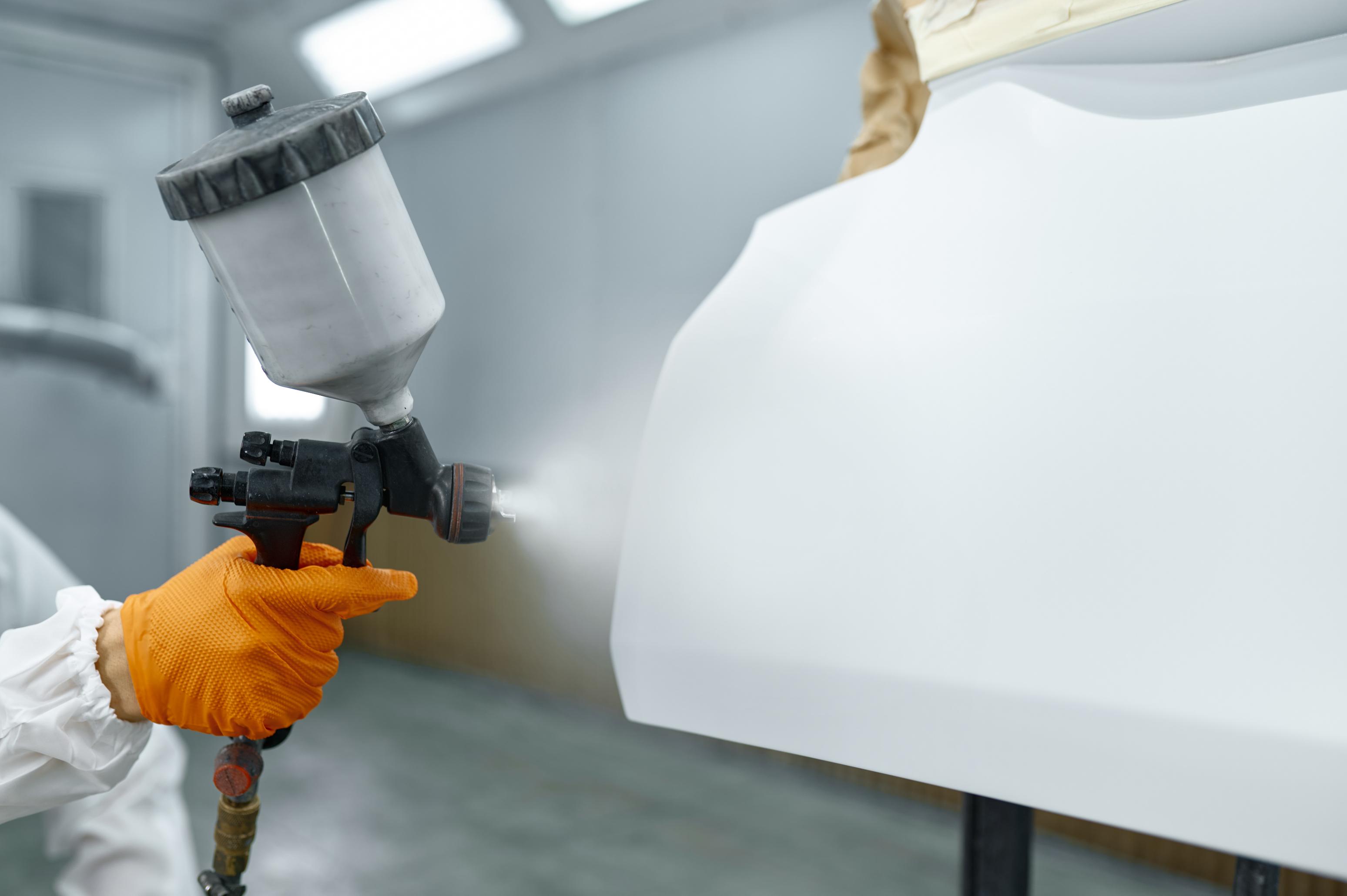




























MTT provides professional coating analysis to block the risk of failure caused by corrosion and provide scientific and accurate quality assessment and improvement suggestions for enterprises.

| Project Overview
The surface coating is to make the material surface have certain strengthening, protection (such as anti-oxidation and anti-corrosion), decoration or special functions (such as conductivity, insulation, heat insulation, invisibility, etc.). By using physical, chemical or other methods, one or more layers of coating with a certain thickness and different from the base material are formed on the surface of the metal or non-metal substrate to meet the requirements of product design and use.
The coating includes plating, non-metal coating, laminating, chemically generated film, etc. Applying a coating to the material surface can realize the special functions and properties of the material.
| Test Objective
In industrial production, if the thickness of the coating is too thin, it will be difficult to exert the special functions and properties of the material. If it is too thick, it will cause economic waste. Moreover, uneven thickness or failure to meet the specified requirements of the coating will have an adverse impact on its mechanical and physical properties. Therefore, the thickness uniformity of the material surface coating is one of the most important product quality indicators.
Testing the material surface coating has become the most important and essential process for product quality inspection in the material processing industry and for users, and it is an essential means for products to meet high-quality standards.
| Service Products / Fields
Various manufacturing fields such as electronics, automobiles, aviation, materials, metals, and ceramics.
| Testing Standards
GB/T 6462-2005 Metallic and oxide coatings - Measurement of coating thickness - Microscopical method
GB/T 16921-2005 Metallic coatings - Measurement of coating thickness - X-ray spectrometric methods
ASTM B487-1985 (2007) Standard test method for measurement of metal and oxide coating thickness by microscopical examination of a cross-section
ASTM B748-1990 (2010) Standard test method for measurement of metallic coating thickness by measurement of a cross-section with a scanning electron microscope
| The protective layers commonly used in industry are mainly divided into two categories: metallic coatings and non-metallic coatings
1. Thickness of metallic coatings
The thickness and uniformity of metallic coatings are important quality indicators. To a large extent, they affect the reliability and service life of products. Detecting the thickness and uniformity of metallic coatings on the surface of materials helps to monitor product quality, improve processes and increase efficiency.
2. Thickness of non-metallic coatings
Coating the surfaces of metal parts and equipment with corrosion-resistant non-metallic protective layers is one of the important methods for metal corrosion prevention. The purpose is to replace the metal/environment interface with a metal/non-metallic layer/environment interface. By utilizing the corrosion resistance, impermeability and corrosion inhibition properties of non-metallic materials, the metal is protected from environmental corrosion, thus extending its service life.
| Test Items
|
测试项目 Test Item |
涂层/镀层厚度测试 Coating/plating thickness test |
|
表面粗糙度 Surface roughness |
|
|
铅笔硬度 Pencil hardness |
|
|
摆杆硬度 Pendulum hardness |
|
|
光泽度 Glossiness |
|
|
色差 Color deviation |
|
|
附着力测试 Adhesion test |
|
|
纸带摩擦 Paper tape friction |
|
|
Taber旋转摩擦 Taber rotary friction |
|
|
Taber往复摩擦 Taber reciprocating friction |
|
|
手指摩擦 Finger friction |
|
|
杜邦冲击 DuPont impact |
|
|
碎石冲击 Chipping impact |
|
|
落球冲击试验 Ball drop impact test |
|
|
耐高压冲洗试验 High-pressure washing resistance test |
|
|
耐化学试剂试验 Chemical resistance test |
| MTT Advantages
1. Professional Team: Equipped with a number of highly experienced testing engineers and technical experts.
2. Advanced Equipment: Equipped with internationally leading testing instruments to ensure accuracy and reliability of results. Direct mass measurement, high sensitivity, compatibility with multiple atmospheres, and expansion of hyphenated techniques.
3. Efficient Service: Rapidly respond to customer needs and provide one-stop, high-efficiency inspection services.
4. Authoritative Certification: The laboratory is certified by ISO/IEC 17025, ensuring that test reports have international credibility.